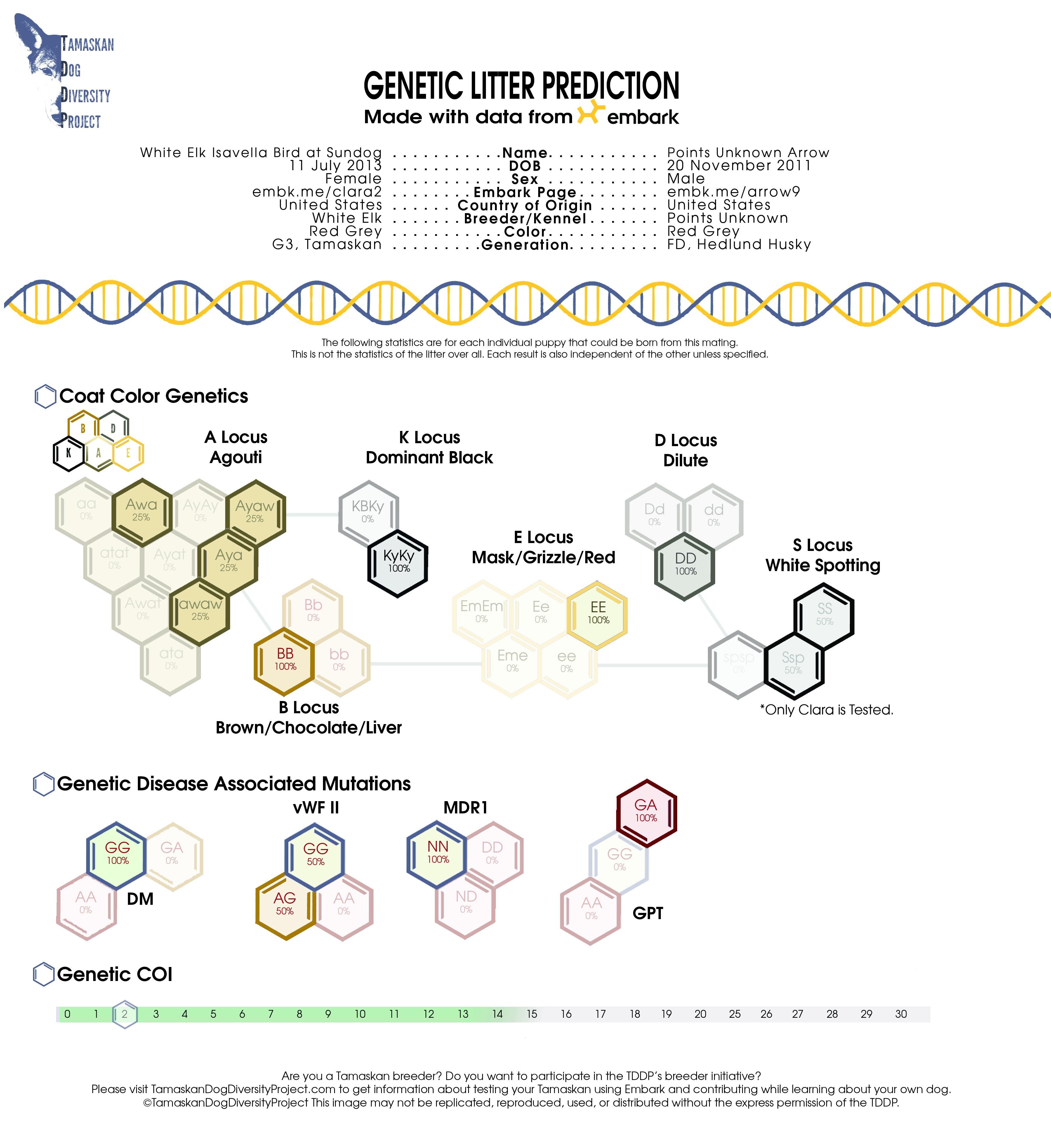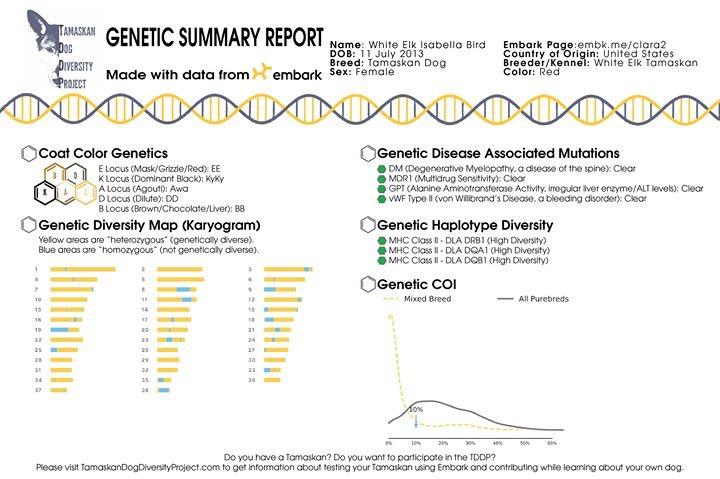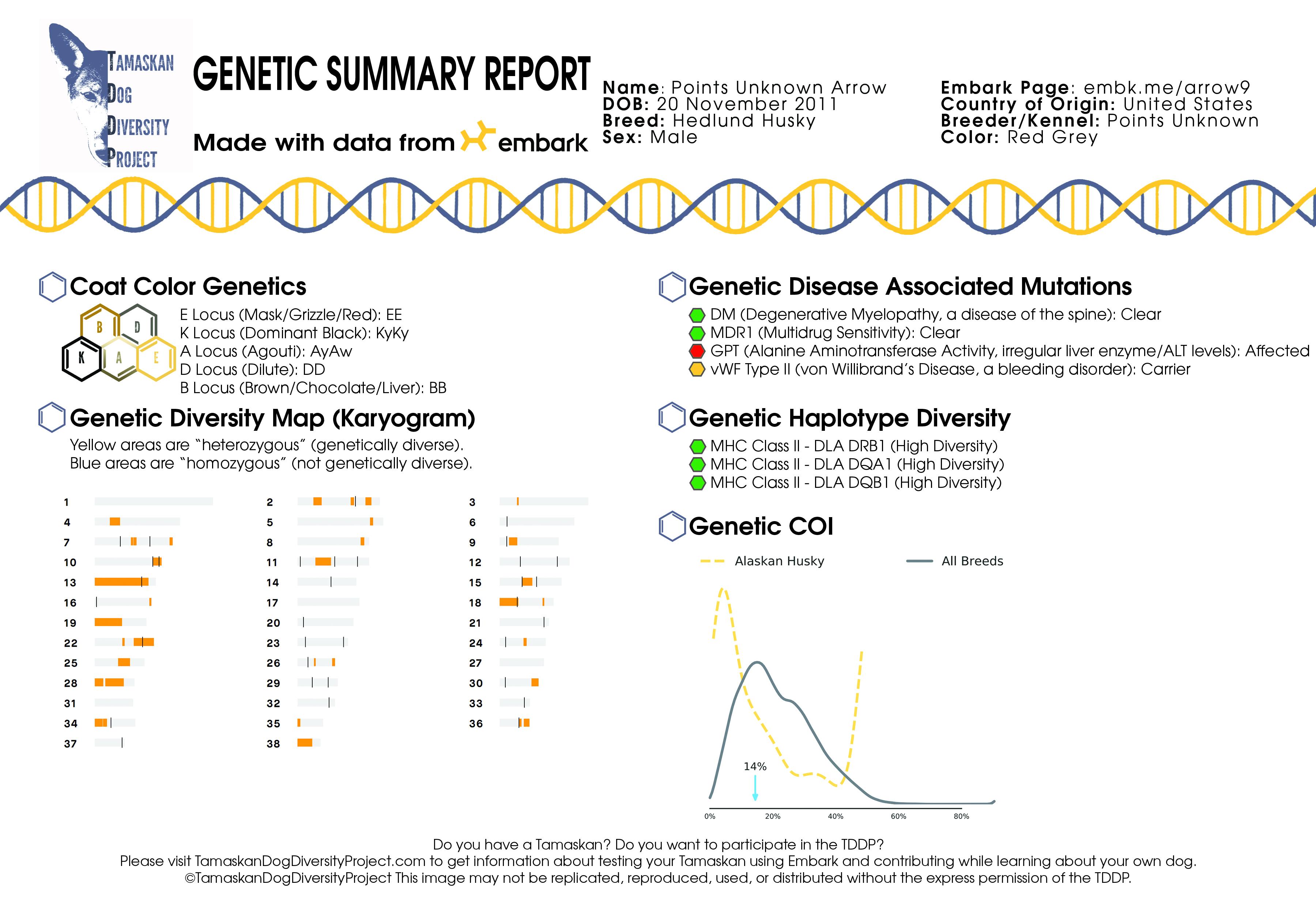
Litter Predictions
Breeding & Litters
The following information was originally on our Litters page when we announced our plans for our 2019 Fall litter (PT Boat litter). Because I want to make sure I keep a record of these kinds of write ups and documents I decided to add this forward and date this litter prediction back to match the original release timeline.
Please do not hesitate to ask about these reports. We have now done a number of them for the NTC breeders because of their partnership with the TDDP and as a breeder I can say this was so helpful not only in communicating with all of you, but with the families who welcomed my puppies and for my own records since it gave a very realistic and practical picture of what to expect in some of the health aspects of the litter. So much of breeding is balance and fine tuning, striking the right note over time and thinking about what will work best right now in the moment but making sure that what you build now can be the foundation in 5, 10, 20, or even 50+ years down the line. And using documents and statistics like those found in the litter mock up eliminate guess work and help you know what puppies to watch, cultivate, keep, and use moving forward.

This is the first of a new beta litter prediction report from the TDDP. It gives the percentage each puppy has of inheriting different things from their parents. It gives us insight before breeding and what (if any) health conditions we need to look at. Because not everyone is familiar with conditions found in an out of the Tamaskan breed I will also be doing a little write up summarizing these results so you know exactly what you are looking at.
Clara's Genetic Report

Arrow's Genetic Report

To begin, the genetic reports provided by TDDP cover a wide range of health related components. In order to makethe genetic reports and the litter prediction easier to understand for those that may have an interest, I have included the following write up addressing all of the results.
Coat Colors:
At the risk of cutting this description short, Clara and Arrow carry almost all the same coat color markers. Their B, K, E, and D locus are all the same, so they can not produce any variation in those colors. The only variation we know they have is on the A-locus. Each puppy has a 25% chance of each possible color. Other than the Ay/a possibility, every other color possibility will produce agouti - which is what will produce the 'wolf grey' or 'red grey' colors in the Tamaskan Dog breed standard. Arrow and Clara do not have the alleles on the A-locus to produce 'black grey' puppies.
You will also see S-locus added as I tested Clara. She S/S which means she (alone) can not produce piebald (sp/sp). Arrow has not been tested and this is not a required test in our breed as piebald is not common in the breed nor in Clara's lines. It also is not common in Arrow's lines and his heritage. Arrow has not produced piebald pups and his relations and offspring have also not produced piebald, but because he was not tested we can not list the S-locus as SS 100%. For the sake of accuracy and requiring tested verification we have to assume it is possible that Arrow is Ssp. So until we see puppies born and/or test the puppies (which we are doing) we could technically see SS or Ssp.
Genetic Diseases Associated Mutations:
For example, DM (Degenerative Myelopathy) is a dangerous and risky condition. All Tamaskan registries and their breeders are determined to breed dogs that won't suffer from this condition. As part of that effort Clara is part of a clear by parentage breeding. Arrow was also added to our foundation with a clear DM test. These puppies will therefore also be DM clear by parentage like Clara was. Likewise, MDR1 while not always something that affects every dog who is a carrier it is something may of us are determined to keep our dogs clear of as it can be so difficult to remove (it is a dominant trait so you only need one copy to be affected). These puppies will be clear of MDR1 by birth. I also know the concern is always with the dogs who have yellow and/or red indicators. We have such established connections with colors, but I want to elaborate on these results and why TDDP includes these two conditions in reports. I'll start with Von Willibrand's Type II. Arrow is a carrier, but this condition only affects German Short/Wire Hair Pointers (GSPs) - he is not nor can he or any of his offspring be affected. Neither Clara nor Arrow have any GSP in their breed composition. That said with Alaskan huskies and sled dogs in general it is entirely possible to have a dog that would meet our breed standards and be proposed as an outcross could carry some GSP. It is critical to avoid introducing this condition to our breed so while having a puppy carry vWII on would in no way affect their health at all it is something to watch in a breeding dog or look at and consider when selecting a breeding prospect from a litter. Lastly, GPT is a clinical trait used to assist a veterinarian when making a diagnosis. While TDDP includes it in the same section as more severe conditions that is truly just because there are so few conditions in the breed and it is one more thing breeders can work towards eliminating when working together. This mutation means a dog is Low Normal and has a reduced ALT activity (liver function enzyme). For all of us that means that it is possible that an increase in ALT activity could be a sign that you'd need to look into liver damage even if the level is within otherwise normal ranges. So GPT does not affect daily life or make a dog predisposed to any condition - it is an additional indicator in the case of a condition not related to the genetic health of the dog were to materialize and need to be treated or diagnosed.
COI:
Unlike a pedigree COI, Embark provides us with a genetic COI. While they are both called COI they are different. A pedigree COI can only go back as far as the paper pedigree of the dogs in question. In many cases 50 generations is absolutely amazing, but in reality you are looking at 10-25 generations being a more commonly accessible number to use to calculate. On the flip side, the genetic COI provided by Embark calculates the relationship not for only a few generations or even 50, but since dogs became dogs because it is a measure of what's called genetic homozygosity. Genetic homozygosity is a measure of the amount of the same genes inherited from both parents. The more diversity in a breed and the lower the COI the better for the breed over all. There is not a set requirement for a percentage one would need to hit, but the lower one can keep it while still breeding to type/breed standard, the more helpful those lines will be in the future to keeping diversity at a desired range and preventing bottle necks.
